Cucumber Plant Stages: Key Phases for Optimal Growth
Introduction
Cucumbers are among the most versatile vegetables you can grow in your garden. Whether you plan to enjoy them in fresh salads, pickle them, or simply have them as a refreshing snack, understanding the cucumber plant stages is key to a successful harvest. This guide will take you through each cucumber plant stage, from seed to harvest, ensuring you have the knowledge needed to grow healthy and productive cucumber plants.
Stage 1: Seed Selection and Germination
Choosing the Right Seeds
The journey of a cucumber plant begins with selecting the right seeds, marking the first of the cucumber plant stages. This initial cucumber plant stage is crucial as it lays the foundation for the entire growing process. There are different types of cucumbers, each suited to various purposes, and understanding these options is key to navigating the cucumber plant stages successfully. Here are some common varieties:
- Slicing Cucumbers: These are the most common and perfect for fresh eating. Varieties include ‘Marketmore 76’ and ‘Straight Eight.’
- Pickling Cucumbers: These are smaller and crunchier, ideal for making pickles. Varieties include ‘Boston Pickling’ and ‘National Pickling.’
- Burpless Cucumbers: Known for their milder flavor and easier digestion, ‘Tasty Green’ is a popular variety.
- Lemon Cucumbers: Named for their yellow, round appearance, these cucumbers offer a unique flavor.
Germination Process
Once you’ve selected your seeds, the next cucumber plant stage is germination. This stage is essential as it sets the foundation for your cucumber plants. Cucumber seeds require warmth to germinate, with an optimal soil temperature of 70-90°F (21-32°C). Here’s a step-by-step guide to ensure successful germination:
- Soaking Seeds: Some gardeners prefer to soak cucumber seeds in water for 12-24 hours before planting to speed up the germination process. This softens the seed coat, allowing for easier sprouting.
- Planting Depth: Sow the seeds about ½ inch deep in well-drained soil. Ensure that the soil is rich in organic matter to provide the necessary nutrients.
- Watering: Keep the soil consistently moist but not waterlogged. Overwatering can lead to rot, while underwatering can prevent germination.
- Light: While cucumber seeds don’t require light to germinate, placing them in a warm, well-lit area can speed up the process.
- Germination Time: Under ideal conditions, cucumber seeds will germinate within 3-10 days.
Stage 2: Seedling Development
Emergence of Seedlings
After germination, the next cucumber plant stage is seedling development. The seedlings will emerge from the soil, marking a delicate stage where young plants are highly vulnerable to environmental stress. The first leaves that appear are called cotyledons, which provide the initial energy for the plant’s growth.
Transplanting Seedlings
If you started your cucumber seeds indoors, consider transplanting them once they have developed at least two true leaves. True leaves are the first leaves that appear after the cotyledons and resemble mature cucumber leaves.
- Harden Off Seedlings: Before transplanting, gradually acclimate the seedlings to outdoor conditions by placing them outside for a few hours each day, increasing the duration over a week.
- Spacing: Cucumber plants need adequate space to thrive. Space the seedlings 12-18 inches apart in rows that are 36-60 inches apart. This spacing allows for proper air circulation and prevents overcrowding, which can lead to diseases.
- Soil Preparation: Prepare the soil by adding compost or well-rotted manure to provide essential nutrients. Cucumber plants thrive in slightly acidic to neutral soil (pH 6.0-7.0).
Stage 3: Vegetative Growth
Vine Development
During the vegetative growth cucumber plant stage, plants focus on developing their vines and leaves. This stage is critical as it determines the overall health and productivity of the plant. Here’s what to expect:
- Vining: Cucumber plants can grow as either bush varieties or vining varieties. Vining cucumbers will produce long, sprawling vines that can benefit from trellising or support structures. This not only saves space but also keeps the fruits off the ground, reducing the risk of rot and pest damage.
- Leaf Growth: The leaves of the cucumber plant are broad and lobed, helping to capture sunlight for photosynthesis. Healthy leaves are a sign of a well-nourished plant. If leaves start yellowing or showing signs of distress, it could indicate nutrient deficiencies or pest issues.
Fertilization
Cucumbers are heavy feeders, especially during this cucumber plant stage. Providing the right nutrients is crucial for robust growth. Here’s how to fertilize cucumber plants:
- Nitrogen: Nitrogen is essential for leaf and stem development. Apply a balanced fertilizer (e.g., 10-10-10) or a nitrogen-rich fertilizer during the early stages of growth.
- Side Dressing: As the plants grow, side dress them with compost or a balanced fertilizer every 3-4 weeks. Be cautious not to over-fertilize, as this can lead to excessive leaf growth at the expense of fruit production.
Watering
Consistent watering is key during the vegetative cucumber plant stage. Cucumbers need about 1-2 inches of water per week, depending on the weather and soil type. Water at the base of the plants early in the morning to reduce the risk of fungal diseases. Mulching around the plants can help retain soil moisture and regulate temperature.
Stage 4: Flowering
Male and Female Flowers
As the cucumber plant progresses into the flowering cucumber plant stage, it produces separate male and female flowers on the same plant. Understanding the difference is crucial for successful pollination and fruit set.
- Male Flowers: These are the first to appear and typically grow in clusters. Male flowers have a thin stem and do not produce fruit. Their primary role is to produce pollen.
- Female Flowers: These appear a few days to a week after the male flowers. Female flowers can be identified by the small, immature fruit (ovary) at the base of the flower. Successful pollination of female flowers is necessary for fruit development.
Pollination
Pollination is a critical process during this cucumber plant stage, as it determines the formation of fruits. Cucumbers rely heavily on bees and other pollinators to transfer pollen from male to female flowers. If pollinators are scarce in your area, you may need to hand-pollinate the flowers.
- Hand Pollination: Use a small brush or cotton swab to collect pollen from a male flower and gently transfer it to the stigma of a female flower. This ensures that the female flower is fertilized and will develop into a cucumber.
Common Issues During Flowering
- Poor Pollination: If the flowers are not properly pollinated, they may drop off, or the fruit may be misshapen. Encourage pollinators by planting flowers nearby or hand-pollinating if necessary.
- Flower Drop: Stress from high temperatures, lack of water, or nutrient deficiencies can cause flowers to drop prematurely. Maintain consistent watering and provide adequate nutrition to prevent this.
Stage 5: Fruit Development
Setting and Growth of Fruits
Once pollination occurs, the cucumber plant moves into the fruit development stage. The small, immature cucumbers at the base of the female flowers will start to grow. This cucumber plant stage requires careful attention to ensure the cucumbers develop properly.
- Growth Rate: Cucumber fruits grow rapidly, often doubling in size within a few days under ideal conditions. Depending on the variety, cucumbers can be ready for harvest in as little as 50-70 days from planting.
- Support: For vining varieties, ensure that the developing cucumbers have adequate support. Trellising helps prevent the fruits from resting on the ground, where they are more susceptible to rot and pests.
Fertilization During Fruit Development
During the fruiting cucumber plant stage, cucumber plants adjust their nutrient needs slightly. While nitrogen is still important, potassium becomes more critical for fruit development.
- Balanced Fertilization: Continue with a balanced fertilizer, but consider using one with a higher potassium content (e.g., 5-10-10) to support fruit growth and improve flavor.
- Avoid Over-Fertilization: Too much nitrogen at this stage can lead to excessive foliage growth, which can reduce fruit production. Monitor the plants for signs of nutrient imbalances.
Watering During Fruit Development
Watering is particularly important during this cucumber plant stage. Inconsistent watering can lead to issues such as:
- Bitter Cucumbers: Insufficient water or drought stress can cause cucumbers to develop a bitter taste. Ensure the plants receive regular, deep watering to keep the soil consistently moist.
- Splitting: Overwatering, especially after a dry spell, can cause the cucumbers to split. Aim for consistent moisture levels to prevent this.
Stage 6: Harvesting
When to Harvest
Knowing when to harvest cucumbers is crucial during this final cucumber plant stage for the best flavor and texture. Cucumbers are typically ready to harvest when they are firm, uniformly green, and have reached the desired size for their variety.
- Pickling Cucumbers: Harvest when they are 2-4 inches long for the best crunch and flavor.
- Slicing Cucumbers: These are best harvested at 6-8 inches long. Larger cucumbers may become bitter and develop tough seeds.
- Regular Harvesting: Cucumbers grow quickly, so it’s important to check your plants daily during peak production. Regular harvesting encourages the plant to produce more fruits.
Harvesting Techniques
- Hand-Picking: Use a sharp knife or scissors to cut the cucumber from the vine. Avoid twisting or pulling the fruit, as this can damage the plant.
- Morning Harvest: Harvest cucumbers early in the morning when the fruits are crisp and have the highest moisture content. Cucumbers harvested in the morning tend to be fresher and store longer.
Post-Harvest Care
After harvesting, cucumbers should be handled with care to prevent bruising and damage. Here’s how to store your cucumbers to maintain their freshness:
- Refrigeration: Cucumbers are best stored in a cool, humid environment. Place them in the crisper drawer of your refrigerator, where they can stay fresh for up to 10 days.
- Avoid Ethylene: Cucumbers are sensitive to ethylene gas, which is produced by fruits like apples and bananas. Store cucumbers away from these fruits to prevent premature ripening and spoilage.
- Pickling: If you’ve harvested a large number of cucumbers, consider pickling as a preservation method. Pickled cucumbers can last for several months when stored in a cool, dark place.
Stage 7: End-of-Season Care
As the growing season ends, the final cucumber plant stage involves preparing your cucumber plants and garden for the next cycle. This stage includes cleaning up the garden, managing leftover plant material, and preparing the soil for future use.
Removing Spent Plants
Once your cucumber plants have finished producing, or if frost is imminent, it’s time to remove the plants from your garden. Follow these steps:
- Cutting Down Vines: Use garden shears to cut down the vines at the base. Remove all plant material, including roots, to prevent any disease from overwintering in the soil.
- Composting: Healthy plant material can be added to your compost pile. However, if your plants suffered from diseases, it’s best to discard the material to avoid spreading pathogens in your compost.
Soil Health and Maintenance
Cucumbers are heavy feeders, and their growth can deplete the soil of nutrients. Post-harvest soil care is crucial to ensure that your garden remains fertile for the next planting season.
- Cover Crops: Planting cover crops like clover or rye can help replenish soil nutrients and prevent erosion. These crops also improve soil structure and add organic matter when tilled back into the soil.
- Soil Testing: Consider conducting a soil test at the end of the season to determine nutrient levels. This will help you plan for soil amendments, such as adding compost, lime, or other fertilizers, before the next growing season.
- Crop Rotation: Practice crop rotation by avoiding planting cucumbers or other cucurbits (like squash and melons) in the same spot the following year. Rotating crops helps prevent soil-borne diseases and pests from building up.
Planning for Next Season
The end of the season is also a good time to reflect on your gardening experience and plan for next year.
- Evaluate Varieties: Take note of which cucumber varieties performed best in your garden. Consider trying new varieties that may offer better disease resistance or improved flavor.
- Record Keeping: Keep a garden journal to document your successes and challenges. Record details such as planting dates, harvest yields, pest issues, and weather conditions. This information can be invaluable for planning future gardens.
- Seed Saving: If you grew heirloom cucumbers, you might want to save seeds for next year. To save seeds, allow a few cucumbers to fully mature and turn yellow on the vine. Harvest these cucumbers, remove the seeds, and allow them to ferment in water for a few days before drying and storing them.
Common Challenges and Solutions
Growing cucumbers can present several challenges. Understanding potential problems and how to address them can make a significant difference in the health and productivity of your cucumber plants at every cucumber plant stage.
Pest Management
Cucumbers are susceptible to various pests that can damage plants and reduce yields. Here are some common cucumber pests and how to manage them:
- Cucumber Beetles: These small, yellow-green beetles are notorious for spreading bacterial wilt and feeding on cucumber leaves. Control cucumber beetles by using row covers, applying neem oil, or introducing beneficial insects like ladybugs.
- Aphids: These tiny, soft-bodied insects suck sap from cucumber plants, leading to distorted leaves and reduced vigor. Manage aphids by spraying plants with a strong stream of water, applying insecticidal soap, or releasing natural predators like lacewings.
- Spider Mites: These microscopic pests can cause leaves to become stippled and yellow. Control spider mites by maintaining high humidity around the plants, using insecticidal soap, or introducing predatory mites.
Disease Management
Cucumber plants are prone to several diseases, particularly those caused by fungi and bacteria. Here’s how to manage common cucumber diseases during various cucumber plant stages:
- Powdery Mildew: This fungal disease appears as white, powdery spots on leaves, eventually causing them to yellow and die. To manage powdery mildew, ensure good air circulation, avoid overhead watering, and apply fungicides if necessary.
- Downy Mildew: This disease causes yellow spots on leaves, which eventually turn brown and die. Downy mildew thrives in wet, cool conditions. Prevent it by planting disease-resistant varieties, spacing plants properly, and using fungicides if needed.
- Bacterial Wilt: Spread by cucumber beetles, bacterial wilt causes plants to wilt suddenly and die. There is no cure for bacterial wilt, so prevention is key. Control cucumber beetles to reduce the risk of this disease.
Environmental Stress
Environmental factors can also affect cucumber growth and yield throughout the cucumber plant stages. Here are some common stressors and how to mitigate them:
- Temperature Fluctuations: Cucumbers are sensitive to cold temperatures. If a late frost threatens, protect young plants with row covers or cloches. Conversely, extreme heat can stress plants and reduce fruit set. Provide shade during the hottest part of the day if necessary.
- Water Stress: Both overwatering and underwatering can harm cucumber plants. Ensure consistent moisture levels by using drip irrigation or soaker hoses, and mulch around plants to conserve moisture.
- Nutrient Deficiencies: Yellowing leaves or stunted growth can indicate nutrient deficiencies. Conduct a soil test to determine nutrient levels and amend the soil with compost or specific fertilizers as needed.
Conclusion: Mastering the Cucumber Plant Stages
Understanding the various cucumber plant stages, from seed selection to harvest, is key to growing a successful crop. Each cucumber plant stage has its unique requirements, and by providing the right care and attention, you can enjoy a bountiful harvest of fresh, flavorful cucumbers.
Remember that gardening is a dynamic process. The lessons learned from each growing season will help you refine your techniques and improve your yields year after year. With the knowledge gained from this guide, you’re well-equipped to navigate the challenges and rewards of growing cucumbers, ensuring that your garden thrives and produces an abundance of delicious cucumbers for you to enjoy.
By following best practices in seed selection, planting, fertilization, watering, and pest management throughout the cucumber plant stages, you can achieve a productive cucumber harvest. Keep in mind the importance of timely harvesting, proper post-harvest care, and end-of-season maintenance to sustain the health of your garden and prepare for future success.
Happy gardening, and may your cucumber plants flourish from seed to harvest through all the cucumber plant stages!


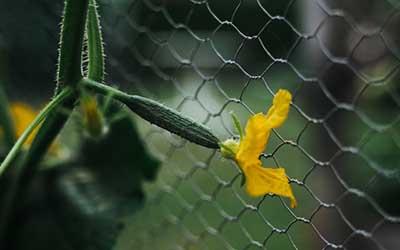

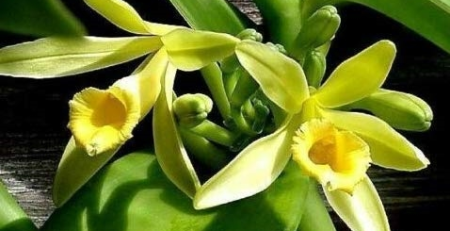
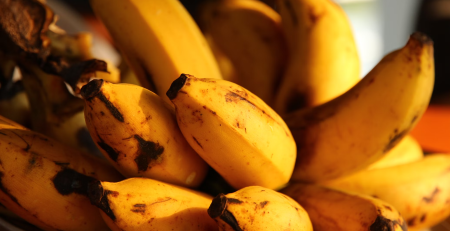
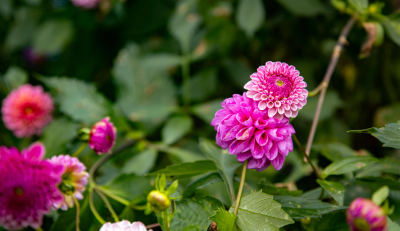
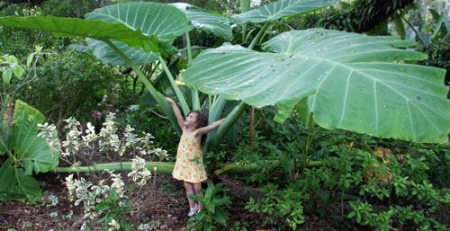
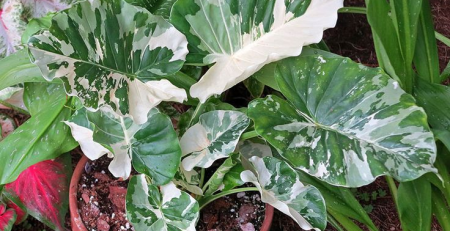
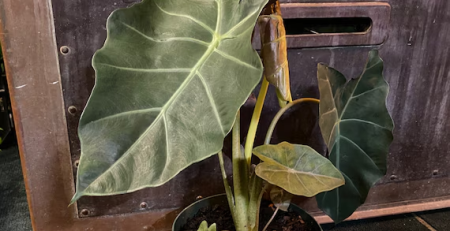
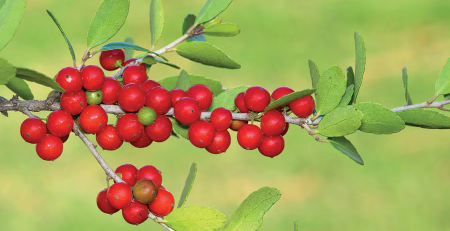
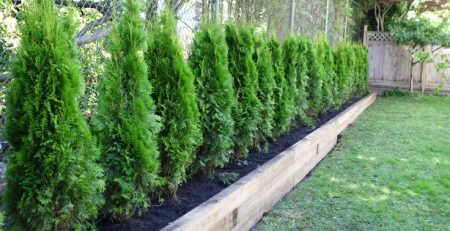
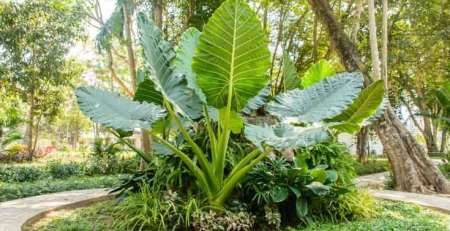
Leave a Reply